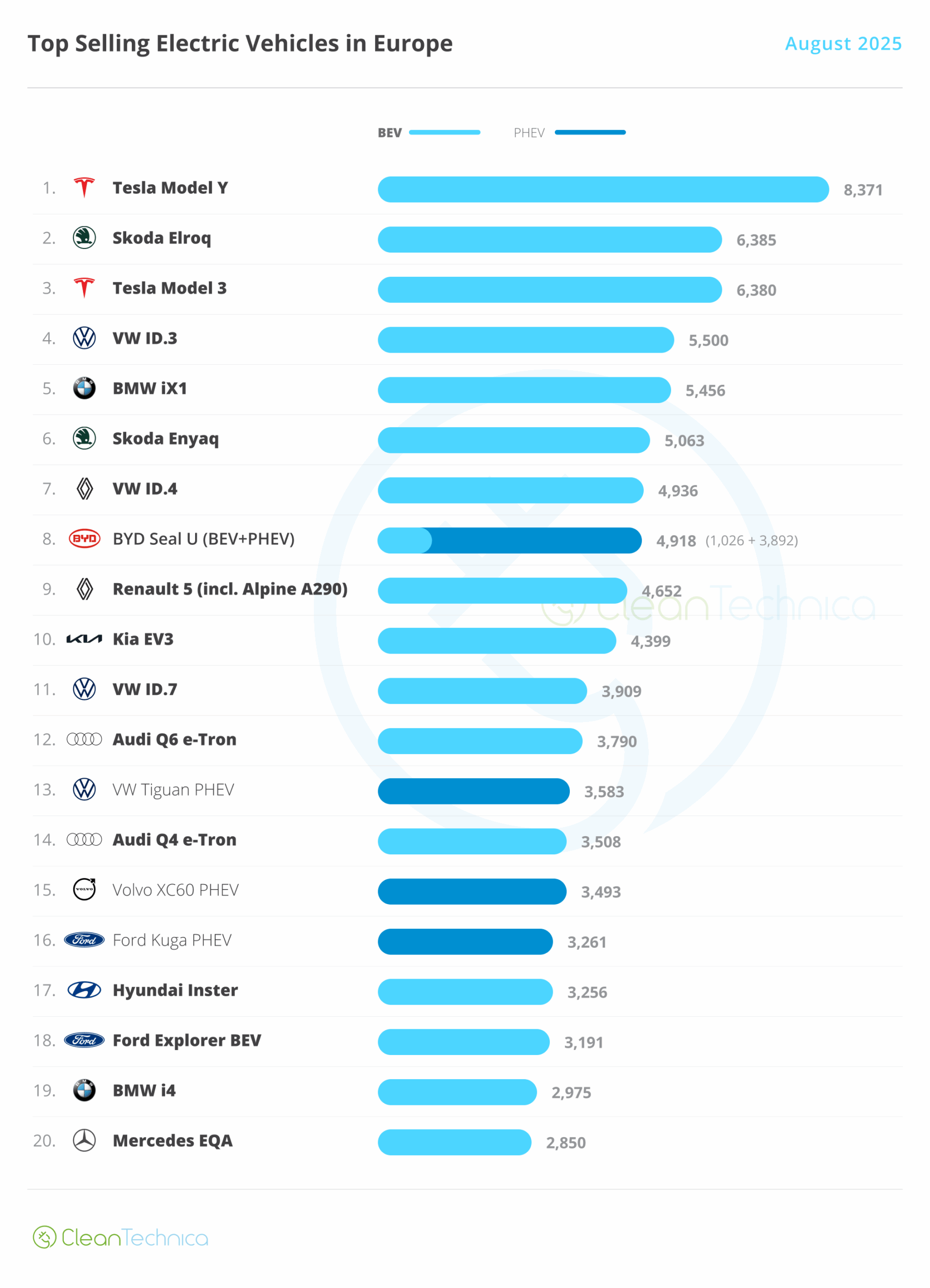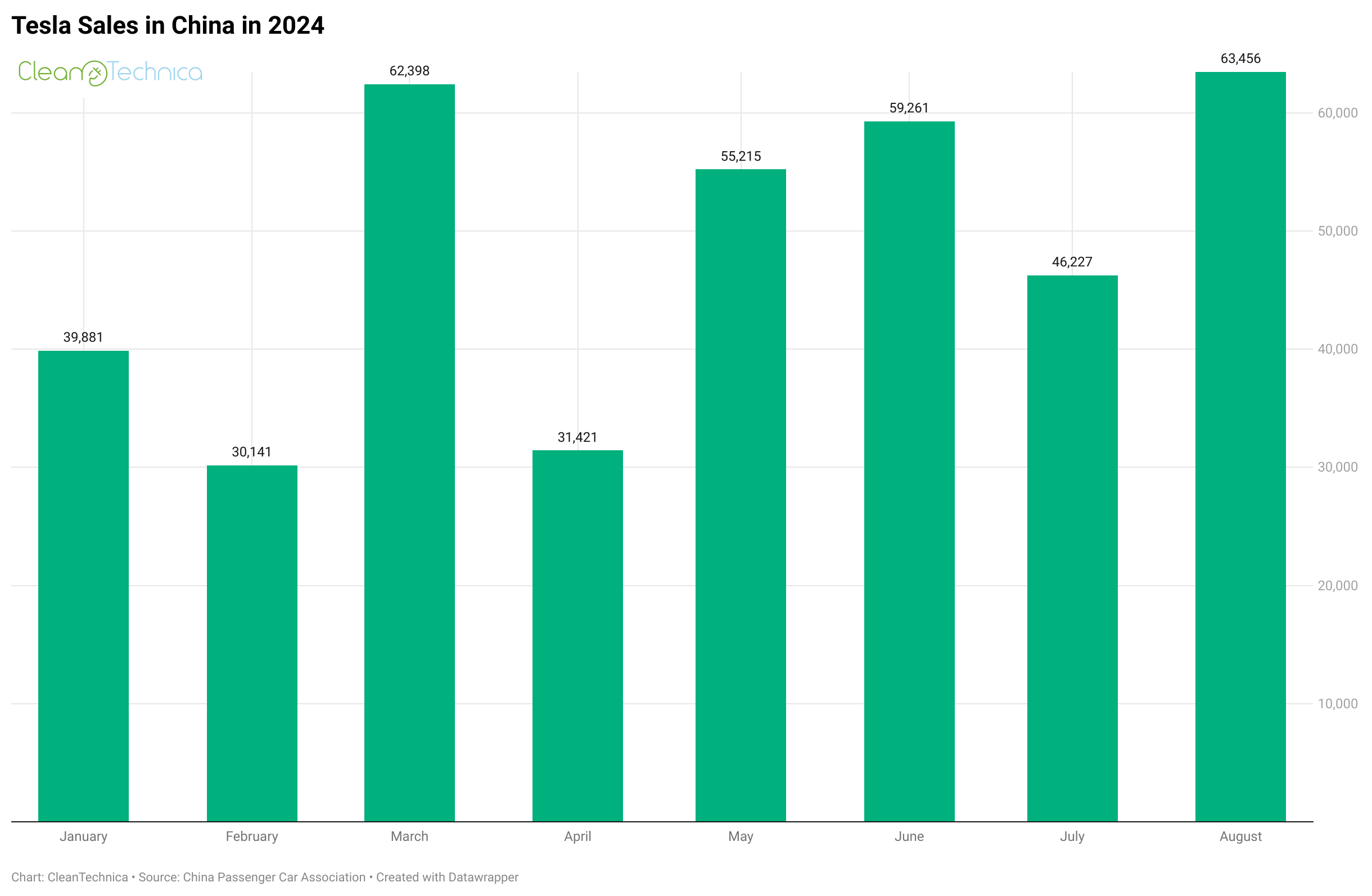
During the Biden administration, as much as $7 billion was approved in the Inflation Reduction Act for the Solar For All program, which was intended to help low- and moderate-income homeowners install solar systems on their homes. It was also intended to expand community solar initiatives, which bring solar power to people who don’t own their own homes or otherwise can’t install their own panels.
The program was projected to help 900,000 households access solar energy so they could reduce their use of fossil fuels and lower their utility bills. The participating households were expected to collectively save more than $350 million each year on utility costs. Of course, the savings would come from burning less methane and coal at generating stations, and we can’t have that, not when the federal government is a wholly owned subsidiary of the fossil fuel industry.
The majority of those 900,000 homes were located in so-called red states, so you might think the Solar For All program would be welcome across the country. Not so. It turns out that while the federal government is shoveling $90 billion to a handful of tech billionaires to help them build data centers, the idea of helping low- and moderate-income Americans is too horrifying for MAGAlomaniacs to even contemplate, and so the EPA, led by perennial Trump jock sniffer Lee Zeldin, is planing to claw back the $7 billion promised by the Solar For All initiative. We’ve got to find the money for those tech bros somewhere, after all.
In addition to that $90 billion for tech, Congress has ponied up an extra $150 billion or so for defense spending, because you can never have enough weapons. According to the New York Times, Congressman Mike Flood of Nebraska recently told a town hall meeting that he voted to slash Medicaid and food assistance for families struggling to buy groceries. “We do not have unlimited money in the United States.” Such is the mind of those who depend for their political existence on the mercurial moods of a serial sexual predator and tax cheat. Hopefully the voters will get their chance to weigh in on Mike Flood’s political career soon.
Two people with knowledge of the matter told the New York Times the EPA is drafting termination letters to the 60 state agencies, nonprofit groups, and Native American tribes that received the grants under the Solar for All program, with the goal of sending the letters by the end of this week.
The report prompted a response from Kym Meyer, litigation director at the Southern Environmental Law Center, who told the Times, “If leaders in the Trump administration move forward with this unlawful attempt to strip critical funding from communities across the United States, we will see them in court.”
Solar For All Is Already Underway

Some of the money pledged for the Solar For All program has already been spent. Indigenized Energy, a nonprofit group led by Native Americans, completed the country’s first two Solar for All projects in October 2024. It installed residential solar and battery storage systems for members of the Chippewa Cree Tribe in Box Elder, Montana, and the Oglala Sioux Tribe in Porcupine and Pine Ridge, South Dakota. “One in five households on reservations lack access to electricity, and this program was an opportunity to close that gap,” said Cody Two Bears, the chief executive of Indigenized Energy. “But those were just two kickoff projects to show what was coming for the next five years.”
Michelle Moore, the chief executive of Groundswell, a nonprofit group that received a roughly $156 million grant, said revoking the award would undermine the claims of the so-called president that the US is facing an “energy emergency.” She told The Times, “This country needs all of the electrons that it can get. This country is short on power. If you want natural gas, the combined-cycle natural gas turbines are backlogged out five to seven years.”
Other Solar For All grant recipients include state agencies and nonprofit groups in red states, including the Georgia Bright Communities Coalition, the South Carolina Office of Resilience, and the Tennessee Department of Environment and Conservation.
On Monday, the Georgia Bright Communities Coalition opened an initiative to provide free rooftop solar panels to about 800 Georgia households, using roughly $12 million from a $156 million Solar for All grant. The group said qualifying households that earned 80 percent of their area’s median income would be randomly selected for a fully prepaid solar lease that would reduce their monthly electric bills by as much as 70 percent. Well, we will have none of that woke nonsense in America, by golly, where paying high utility bills is the obligation of every right-thinking citizen.
Here’s a short video put together by the State of New York that explains how the Solar For All Program works:
Community Solar Under Threat
Last week, Zachary Shahan highlighted how the state of Illinois is moving forward with community solar projects funded in whole or in part by Solar For All money. He wrote, “Community solar power is one of my favorite cleantech solutions. It’s helpful in multiple ways, and can often play that ‘Goldilocks’ role of being ‘just right’ — not too big and not too small. It enables more solar power for more individuals, and benefits from certain economies of scale to bring down costs — maybe not as much as gigawatt-level utility-scale solar projects, but more than home rooftop solar projects.
“What you don’t often see is community solar projects and corporate commercial solar projects. However, that seems to be what giant global logistics real estate company Prologis is working on. The company is getting a series of large rooftop solar installations and deploying them as community solar projects.”
The first community solar rooftop project from Prologis went live last week in Franklin Park, Illinois. It is the first of what are expected to be 45 such solar projects totaling 82 megawatts (MW). While community solar is getting quite big in Illinois (and some other states) — there are currently about 200 of them in the state — adding 45 more will be a significant increase.
Senator Ben Ray Luján, a Democrat from New Mexico, recently introduced a bill designed to expand access to community solar for families and businesses who have been historically shut out of the transition to clean energy. That bill, the Community Solar Consumer Choice Act of 2025, builds on the success of existing community solar models by requiring electric utilities to offer community solar options to all customers, with special provisions to ensure meaningful participation from low-income households. The legislation would authorize the Department of Energy (DOE) to provide financial assistance through grants, loans, and technical support, to expand and accelerate deployment of these shared solar projects across the country.
Good luck with that, Senator. This administration is firmly committed to serving only billionaires. If you aren’t one, then you are SOL until 2026 at the earliest. It is possible the EPA will choose not to eviscerate Solar For All, but if you are a person who likes to gamble, would you take that bet? Nyah, me neither.
Sign up for CleanTechnica’s Weekly Substack for Zach and Scott’s in-depth analyses and high level summaries, sign up for our daily newsletter, and follow us on Google News!
Have a tip for CleanTechnica? Want to advertise? Want to suggest a guest for our CleanTech Talk podcast? Contact us here.
Sign up for our daily newsletter for 15 new cleantech stories a day. Or sign up for our weekly one on top stories of the week if daily is too frequent.
CleanTechnica uses affiliate links. See our policy here.
CleanTechnica’s Comment Policy




